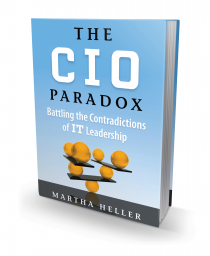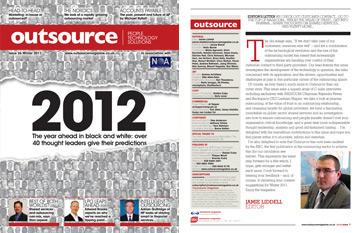This is my first piece for Samsung Business and is published here on the Samsung at Work site.
There are always many theories on the position of the CIO role, from the CIO role is dying through to should they be renamed the Chief Innovation Officer. The truth is that many still do not understand the CIO role and its place within the organisation. Many CEO’s and CFO’s still find it hard to understand IT and just see it as a money laundering operation rather than something that can add real value to the bottom line. It’s really up to CIO’s to stand up and be counted and show not only what they can bring to the table but prove they can be strategic, customer facing and deliver both innovation and revenue whilst making sure the technology still operates.
There is no doubt the CIO role has and is evolving constantly but that is true to say of all c-suite positions who want to stay relevant and ahead of the game.
As technology moves at such a pace, so must the CIO understand and work out the best way(s) to leverage it to add best value to their organisation.
Technology has seeped more in to our everyday lives and as a result the roles that manage it must adapt to become more innovative and constructive in the ways they use it.
Gone are the days of just making sure the equipment is in working order and the datacentre is operational – CIO’s are now measured on what they deliver to the bottom line and rightly so.
If you want a seat in the boardroom, you have to earn it and work very hard to keep it.
As the CIO role evolves it naturally starts to touch a lot of other technology areas such as digital and mobile.
This is where people are now saying they enter the CIO v CMO battleground with the victor seemingly the one who owns the digital space and ultimately the technology piece.
Politics aside, what’s to stop both working together? A quality CIO and CMO alliance would be a really formidable force in terms of delivering innovative and strategic solutions built around the needs of the customer.
Many companies are struggling with this ‘middle ground’ and anointing a new role, the Chief Digital Officer (CDO).
Does this only add more mud to the water of who owns what or is this another career path for marketing savvy CIO’s or tech savvy CMO’s?
What I do know is that if you add tangible value, deliver your strategic objectives, beat your KPI’s and deliver innovative solutions, you can choose your own job title and sit wherever you want in the boardroom.



